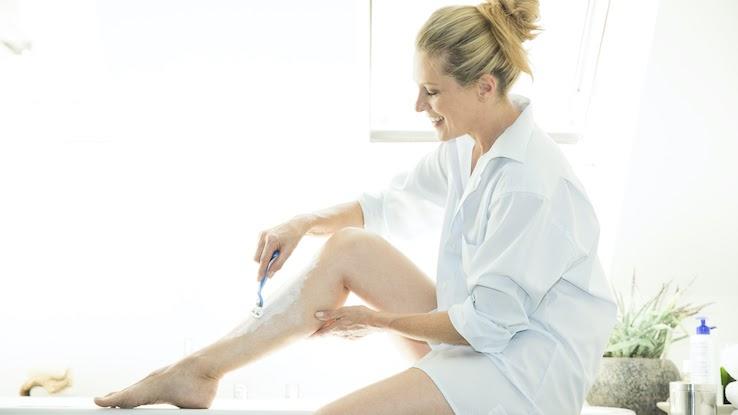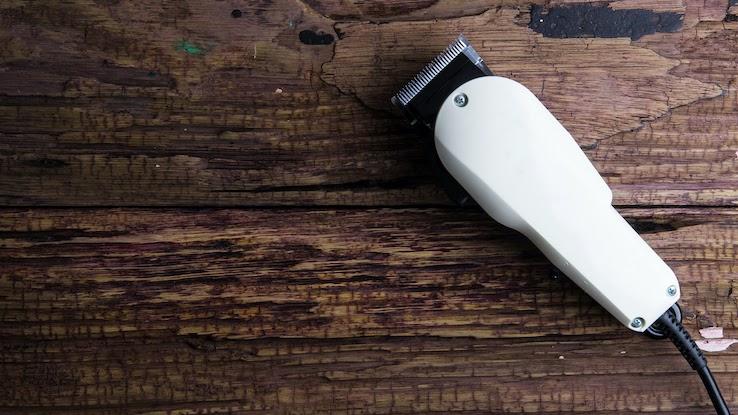
Many people enjoy the feeling of smoother skin, which is why shaving has become a widespread practice. However, it can be difficult to reach your goal of smooth, hairless skin if your current shaving techniques end up causing irritation, razor bumps or ingrown hairs. Here are a few tips you can use to prevent or alleviate razor bumps after shaving.
Trim Hair Prior to Shaving
If the hair you’re planning to shave is longer than an inch, trim it with a pair of clippers or scissors prior to shaving. This helps you make sure you get the closest shave possible. If you try to get a close shave in an area with longer hair, the shaving blade may become dull before getting close to your skin. That increases your chances of developing razor bumps.
Shave Along With Hair Growth
Because the blade causes razor bumps by irritating your skin, never shave against the direction the hair naturally grows in. Shave along with the direction of hair growth instead. If you use fewer strokes to shave, you have less of a chance of creating razor bumps.
Exfoliate Well
Be sure to exfoliate the area you’re shaving with a gentle scrub first to remove excess dead skin cells and decrease the risk of ingrown hair bumps, which make up most razor bumps. One day after shaving an area, exfoliate with a soft washcloth (no more scrubs!) to remove dead skin cells that can clog your pores. If the area you shaved is red and inflamed, avoid all scrubs at all costs.
Steam Before Shaving
One of the reasons you should shave during or right after showering is because the hot steam from the shower can soften hairs. While most armpit hair is on the delicate side, pubic hair and arm hair can be coarse and thick. When the hairs are softer, it’s easier for the blade to cut through them. Plus, it lessens the stress on your skin, preventing razor bumps in the process.
Use an Electric Shaver

Although electric shavers won’t give you as close of a shave as a razor blade, they help decrease your chances of getting razor bumps dramatically. You can also use an electric shaver before shaving with a blade to get the closest shave possible. If you like the results of an electric razor alone, that could be ideal — no risk of razor bumps.
Use a Lotion With AHA
An aftershave or lotion containing alpha hydroxy acid (AHA) may help prevent razor bumps. This ingredient sloughs off dead skin cells that can potentially cause ingrown hairs. However, be sure to stay out of the sun when using a product with AHA. It can cause your skin to become more sensitive to sunlight.
Use Thick Shaving Gel
A thick, foamy shaving gel creates a sort of buffer zone between your skin and the shaving blade. And this minimizes your chances of getting razor bumps after shaving. Try using foaming shaving gel in place of soap and water. Look for thicker, foamier formulas that are often designed for shaving beards; they’re better at softening hairs and can help you get a smoother shave.
Air Things Out
Be sure the shaved area is exposed to air as much as possible. Wear breathable clothing; for example, don’t wear tight underwear after shaving your bikini area or tight jeans after shaving your legs. Restrictive, tight clothing only leads to bacteria growth and friction along sensitive skin, which can cause bumps and discomfort.
Change Your Blade Regularly

The most common culprit behind razor bumps is the use of a dull blade for shaving. Be sure to never reuse old shaving blades that have become dull. If you have thick, curly hair, be sure to change blades every five shaves. If your hair is finer, every 10 shaves may be sufficient. The sharper the blade’s edge is, the less likely you are to get razor bumps.
Resource Links:
“Pseudofolliculitis Barbae: A Review of Current Treatment Options,” National Library of Medicine
“The causes and treatment of pseudofolliculitis barbae,” National Library of Medicine
“Pseudofolliculitis barbae; current treatment options,” U.S. National Library of Medicine, National Institutes of Health





